I'm working on an application with a very specific encryption requirement:
We are required to encrypt/decrypt individual 64-bit values, to protect certain parts of our internal architecture from reverse engineering through our public web endpoints.
The problem is, the existing 64-bit encryption methods (such as 3DES) are not secure enough to meet our requirements (as far as I know).
They also perform slower than AES, which is another painpoint.
My question is, can we feasibly implement AES with a 64-bit block for input and output?
Would we have to create a modified AES algorithm? (Not a total deal-breaker if we do.)
